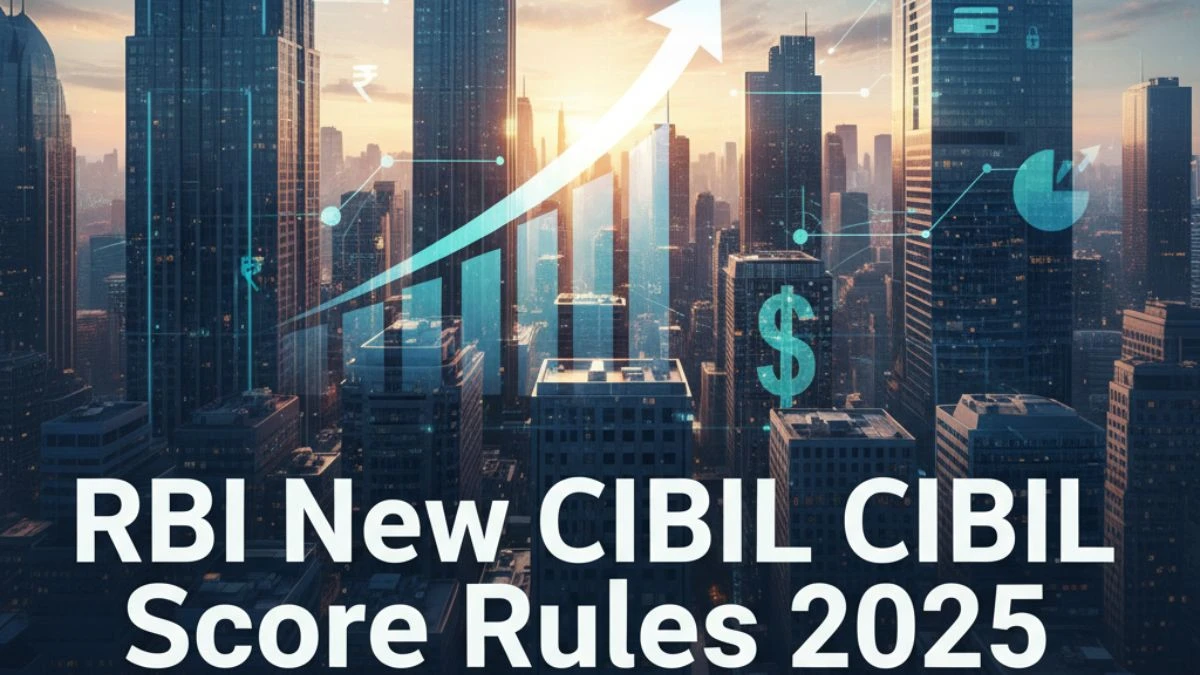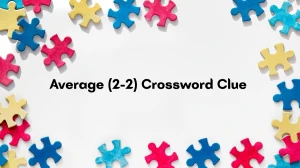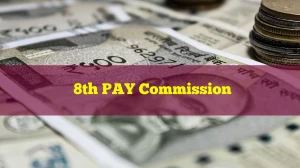RBI New CIBIL Score Rules 2025
Let’s be honest, credit scores have always felt like that mysterious number everyone worries about but no one fully understands. Well, 2025 might just be the year that the mystery starts to fade. The Reserve Bank of India (RBI) dropped a fresh set of updates this year that reshaped how lenders and borrowers deal with credit reports and the all-powerful CIBIL score. And if you’re someone applying for your first loan, there’s good news: you don’t need a CIBIL score to get started anymore.
5 RBI Rules Changing CIBIL Score
So, what exactly did the RBI change? Quite a lot, actually. The whole goal is to make the credit reporting system faster, fairer, and more transparent.
1. Bi-Monthly Credit Reporting
-
Starting January 1, 2025, lenders have to update credit information twice a month — on the 15th and the last day. No more waiting months for your score to reflect that on-time EMI payment. Every good (and bad) move will show up faster.
2. Real-Time Notifications
-
Ever had your credit checked by a bank and not known? Now you’ll get an instant alert, either via SMS or email, every time someone pulls your credit. Lenders also have to notify you before marking a default, giving you a fair chance to fix things before it tanks your score.
3. Standardised Data Reporting
-
The RBI wants consistency. All banks, NBFCs, and credit card issuers must now follow a single data format and connect with all four credit bureaus — CIBIL, Experian, Equifax, and CRIF Highmark. That means your score will look the same no matter which bureau you check.
4. Free Credit Reports Every Year
-
You now get one free credit report annually from each bureau. That’s four reports to help you keep tabs on your financial footprint — no excuses anymore for not knowing what’s dragging your score down.
5. Faster Complaint Resolution
-
Earlier, if your credit report had an error, fixing it felt like a slow-motion nightmare. Now, bureaus have to resolve complaints within 30 days. If they delay, they owe you ₹100 per day past the deadline. Lenders also have 21 days to reply, or they face the same fine. Fair game, finally.
What is a CIBIL Score?
Okay, let’s rewind for a second. A CIBIL score is basically your financial report card. It’s a three-digit number that usually ranges between 300 and 900. The higher it is, the more “trustworthy” banks think you are. It’s calculated based on how you’ve handled credit in the past, your loans, EMIs, cards, and repayment history. A strong score often means lower interest rates and quicker approvals.
But what if you’ve never taken a loan or used a credit card before? That’s where things used to get tricky…
CIBIL Score Not Mandatory
In a landmark move, the Government and RBI clarified that first-time borrowers can get loans without a CIBIL score. Yup if you’re new to credit, banks can’t just reject you for having “no history.” Instead, they’ll look at your income, bank statements, utility bills, and other proof of repayment ability.
The aim is clear: bring more people, especially from smaller towns and new professions, into the formal credit system. It’s a big win for students, young professionals, and small entrepreneurs who’ve been shut out till now.
How Do the New RBI Rules Impact Borrowers?
For borrowers, these updates are a breath of fresh air. Your credit score now updates more quickly, errors are corrected sooner, and you receive warnings before defaults appear on your record. Transparency’s the keyword — no more guessing games.
First-time borrowers might face slightly higher interest rates initially, as lenders have less data to rely on. But that can drop quickly once you start building your track record.
Long story short: the system’s becoming fairer and friendlier, rewarding consistency and responsibility, not just history. So if you’ve been nervous about credit scores, 2025 might be the perfect year to dive in, start small, and build from there.






